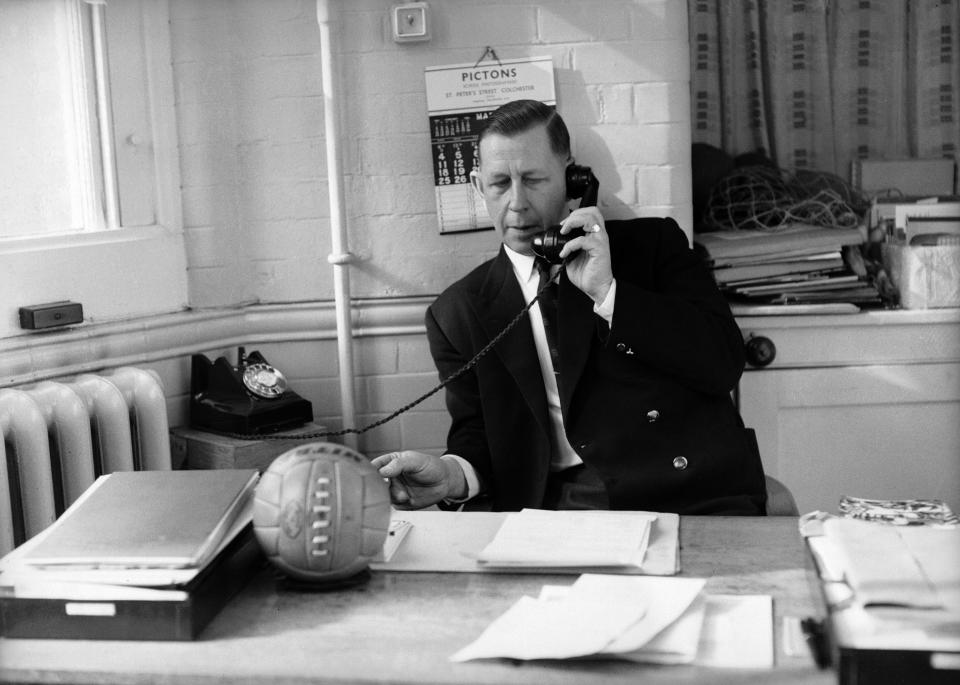World Cup Mystery Solved: Why do they use yellow and red cards?
At the time of this writing, there have been 62 yellows and one red card issued at the 2018 World Cup. In the 22 matches played so far, that amounts to an average of 2.8 yellow cards per match with the tournament’s sole red card having gone to Carlos Sanchez of Colombia.
Yellow cards, of course, signify a caution. Racking up two yellow cards in a game results in a red card, which signifies an ejection from the match. Red cards also result in a suspension, typically one match for a red card issued after yellow card accumulation, and three matches for a straight red.

But while everyone knows red and yellow cards as one of the most recognizable facets of soccer officiating, the origins of the cards’ use in the game are less well-known. While it’s hard to imagine soccer without them, yellow and red cards are actually relatively new to the game, considering the first World Cup was held back in 1934.
Yellow and red cards were the invention of Ken Aston, an English referee and schoolteacher who began reffing matches in the 1930s. Aston enjoyed a long distinguished career as an official, that among other things, saw him take charge of the infamous “Battle of Santiago” between Chile and Italy at the 1962 World Cup.
But it was after a quarterfinal match between Argentina and host-nation England at the 1966 World Cup that Aston came up with the idea that would forever change the sport of soccer.
The match, which was played at Wembley in London, was a contentious one. Argentine captain Antonio Rattin was sent off. England’s famous Charlton brothers, Bobby and Jack were also booked by referee Rudolf Kreitlein, although apparently the German official didn’t make it clear at the time, leading England manager Alf Ramsey to seek clarification from FIFA.

After the match, Aston, who was a member of the FIFA Referees’ Committee, began to ponder ways to avoid such confusion in the future. Driving home from Wembley to his home in Lancaster Gate, an idea struck him.
“As I drove down Kensington High Street, the traffic light turned red, I thought ‘Yellow, take it easy; red stop, you’re off,” recalled Aston, speaking to FIFA before he passed away in 2001.
When he got home to his wife Hilda, he explained his idea to her. She disappeared from the room and returned a moment later with two cards cut from construction paper, one yellow and one red. The cards Hilda cut were small enough to fit in a pocket.
Yellow and red cards were a simple innovation but proved ideal for an international game like soccer, in which players from different teams and referees often speak different languages from one another.
The yellow and red card system was introduced four years later at the 1970 World Cup in Mexico. It was later adopted by the wider game of soccer and in the decades since, has been adopted by a number of other sports.
More World Cup on Yahoo Sports:
• World Cup winners and losers: Portugal, Spain win but unconvincingly
• Iran coach hospitalized after disallowed goal against Spain
• FIFA officially fines Mexico for anti-gay slur chanted by fans
• Mystery Solved: What language do players and refs speak to each other on field?


